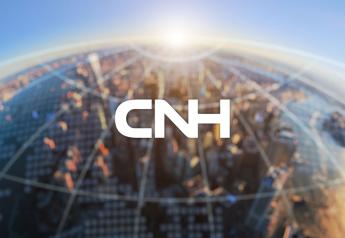Are Record Yields As Imminent As USDA’s Conditions Imply?

USDA’s Crop Conditions report continues to imply that the corn and soybean crops are poised to bring a bin-busting harvest. Will that materialize? While the models show a corn yield in the 179-range based on the USDA reports, that might not be what leaves the field, according to Arlan Suderman, chief commodities economist for INTL FCStone.
“We've got about 15 to 20% of the belt that's too dry now. Certainly, if you drive across Missouri, in parts of Kansas you really see a taste of that,” he told AgriTalk After The Bell host Chip Flory. “There are other parts as you know, that are too wet. About 15 to 20% of the belt that's too wet.”
Suderman says this isn’t the type of year that feels like all the stars are aligning for record yields again. He’s got his eye on the weather in the coming weeks which could leave corn a chance to produce a bumper crop.
“As we found out last year, it's also about length of grain fill, that time between pollination and first freeze,” he says. “And as early as pollination is this year, if July and the rest of July and August turn out to be very mild, and we don't have an early frost, we could get back to some big yields again.”
At this point Suderman’s biggest concern when it comes to yields is overnight temperature.
“We have been really concerned about overnight low temperatures, particularly Missouri, Illinois, and Indiana,” he explained. “It looks a lot like 2010, not as bad as 2011, but a lot more like 2010, although we are expecting that to start improving as we get in the last half of July.”
Meteorologists expect the heat to abate both during the day and at night. Although Suderman points out they’ve been saying that for the past six weeks.
“That's been a little bit of the mystery this year. Upper atmosphere and a lot of the various driving factors of the weather keep on suggesting that the heat should abate and then it just keeps we keep pushing it on another 10 days or so,” he said.
Suderman also isn’t sure how accurate USDA’s crop rating is this year. He says last year crop ratings were largely under estimated, but the opposite could be happening this year.
“If you're someone out there, like I used to fill out those sheets in a previous life, you might be thinking ‘Oh, man, we underestimate the value of the crop],’” he said. “Is there a temptation this year to maybe say, ‘You know, last year, I may have called that good, I think I'm going to call it excellent this year,’ and just raises ratings a little bit more this year. You have to really have to wonder about that.”







